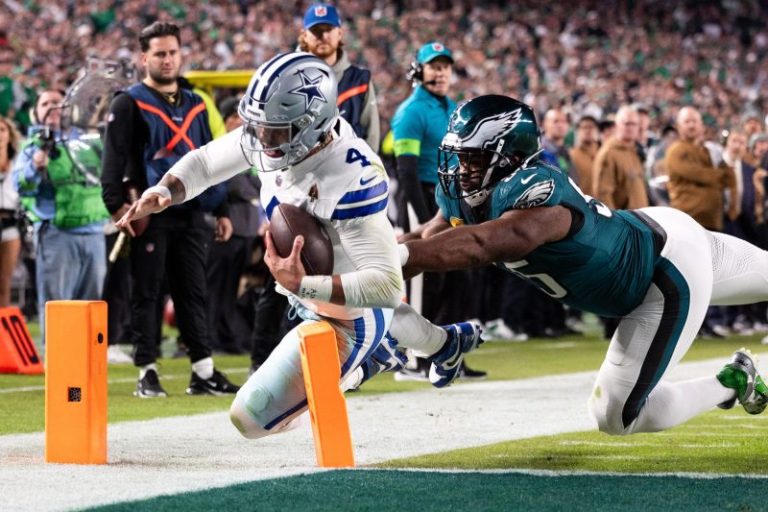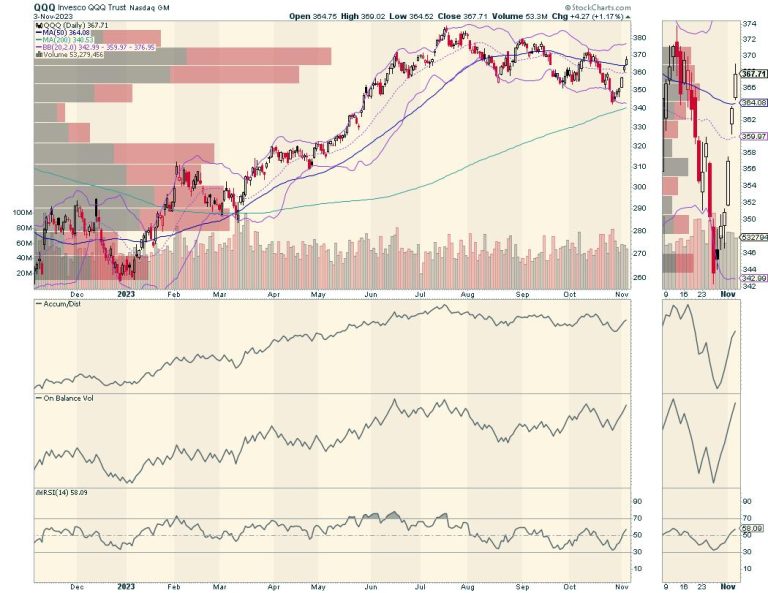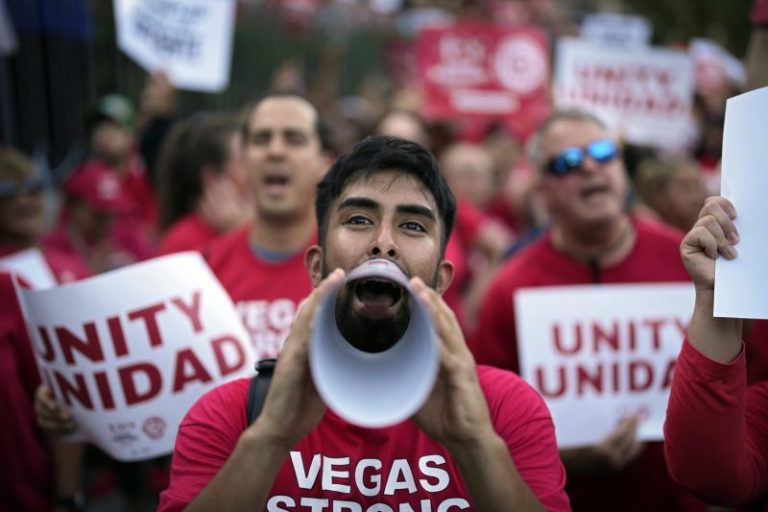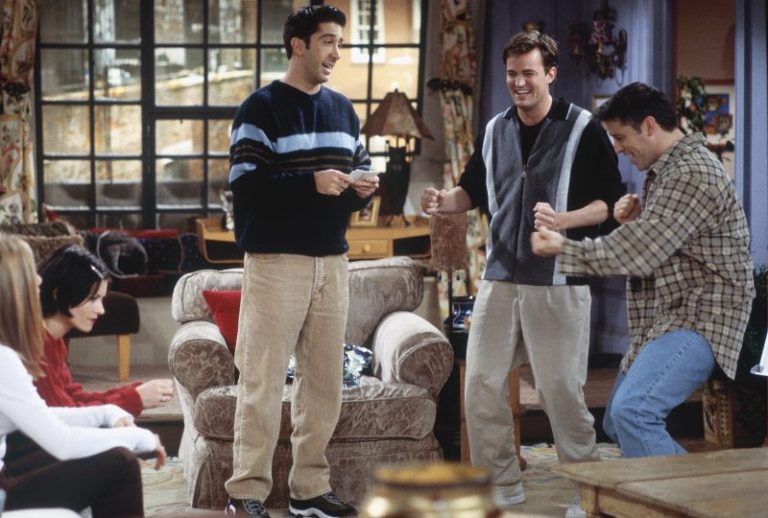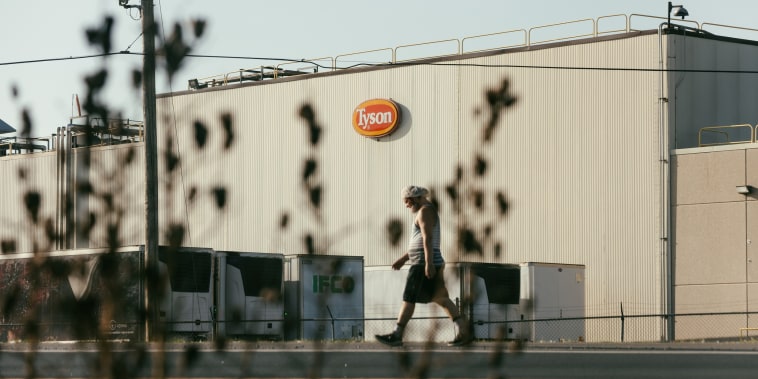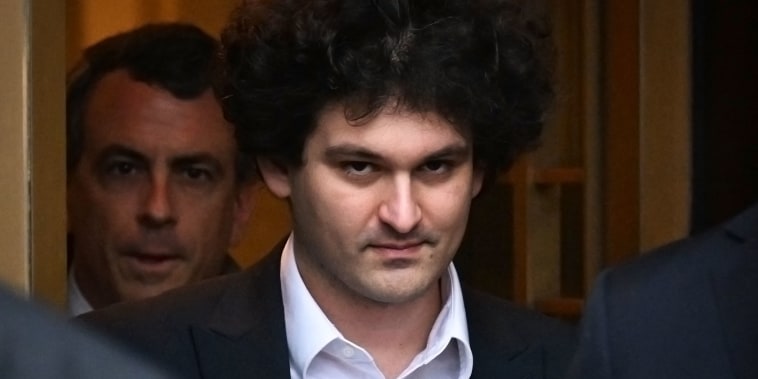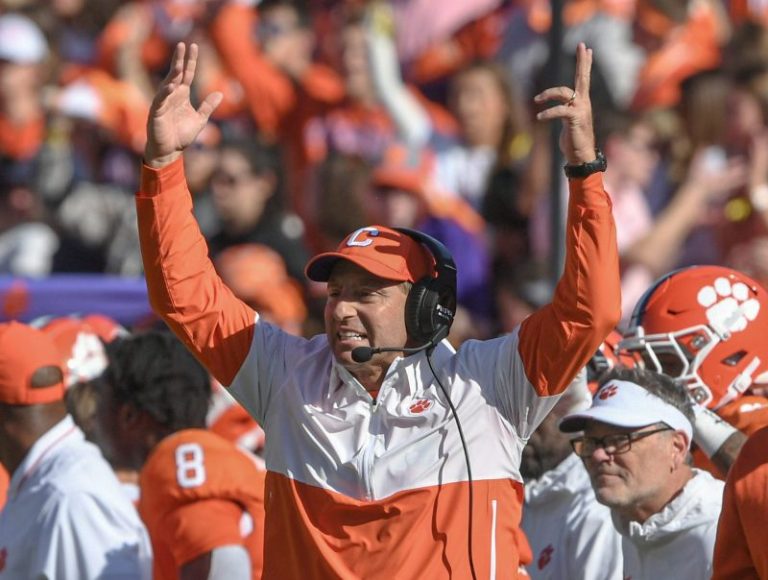PHILADELPHIA – On multiple occasions, the Dallas Cowboys came up just short in their quest to draw even with the Philadelphia Eagles – on the field and in the standings.
With NFC East supremacy essentially on the line, Philadelphia survived a back-and-forth final sequence over the game’s waning minutes to hang on for a 28-23 victory and preserve their standing atop the NFC at 8-1 heading into the bye week.
“It’s a game of inches,” Cowboys quarterback Dak Prescott said, “that’s why you got to love this game.”
Trailing 28-17, the Cowboys came inches shy of a touchdown that would have made it a one-score game with 10 minutes remaining. Minutes later, Prescott was a literal half-foot from extending the ball over the pylon on a two-point conversion that would have made it a three-point game with 6:30 to play. And on the final play of the game and Dallas down to its last breath, Prescott connected with receiver CeeDee Lamb 5 yards short of the goal line, where he was dropped by Eagles defenders Sidney Brown and Darius Slay to end the game.
“There’s no moral victories in this. I can promise you that, not by any means,” said Prescott, who is now 8-4 all time against Philadelphia. “But being inches away, we know we’re doing the right thing. We just got to continue to work at it and get better and find a way in the way that we’re working to get better.
NFL STATS CENTRAL: The latest NFL scores, schedules, odds, stats and more.
“We’re going to take it, we’re going to move forward and use the fight, use the success – a lot of good things came out of this game despite the loss.”
The Eagles have had a share of the best record in the league dating back to Week 1 of last season and are winners of 25 of 27 during the regular season with Jalen Hurts at quarterback.
Dallas, meanwhile, was left wondering what could have been while finding solace in the positives displayed throughout the game and the fact they will host their NFC East rival next month.
“We’re going to see them again,” Cowboys linebacker Micah Parsons said. “That’s the enjoyable part. You know, a team like the (San Francisco) 49ers? We won’t see them again. But we got a chance to get our redemption – and (play) at home, where we’ve been pretty dominant.
The Cowboys limited the Eagles to 292 total yards and became the first team to hold the Eagles to less than 30 points at home this season.
“You could say whatever you want,” Parsons said, “I thought we did a great job.
“I feel like we got even more confidence now. I feel like everybody had us out and everybody was praising this Eagles team.”
Aside from a confounding Week 3 loss to the Arizona Cardinals, the Cowboys’ other defeats in 2023 have come at the hands of NFC powerhouses San Francisco and, now, Philadelphia.
A win would have moved Dallas just a half-game behind the Eagles in the NFC East standings, with the chance for the team to take first place via the tiebreaker with a victory over the New York Giants next week during Philadelphia’s bye.
“What is it, November?” head coach Mike McCarthy said. “A lot of football left, in my opinion.”
Things likely won’t get easier for the Cowboys down the stretch. They have a “Thursday Night Football” date with the Seattle Seahawks on Nov. 30, followed by their Eagles matchup and then consecutive games against the Buffalo Bills, Miami Dolphins and Detroit Lions.
“Run our own race,” Prescott said when asked about the missed opportunity to make a statement in the standings.
Prescott said that doesn’t change the organization’s goal of winning the division, nor is he ignorant to how these matchups influence playoff seeding. For now, the focus moves to New York.
“Then we start checking tickers and start worrying about these guys,” Prescott said.
On Sunday, Prescott finished 29 of 44 for 374 yards and three touchdowns. Lamb went off for the second straight game, hauling in 11 catches for 191 yards. Tight end Jake Ferguson had his best game of the season, catching seven passes for 91 yards and a score. Rookie kicker Brandon Aubrey set the record for most consecutive field goals to start a career (19) with his 51-yarder 75 seconds before halftime that gave Dallas a 17-14 lead. The defense sacked Hurts three times.
Coming off arguably the Cowboys’ most complete game of the season in a 43-20 demolition of the Los Angeles Rams, stringing together positive performances creates a positive vibe in the locker room.
“That’s why a win tonight would have been excellent,” McCarthy said. “Because you get a nice chunk of confidence coming out of these wins. But we know who we are, so there’s no excuses. We needed to make one more play tonight, and we didn’t do that.”

